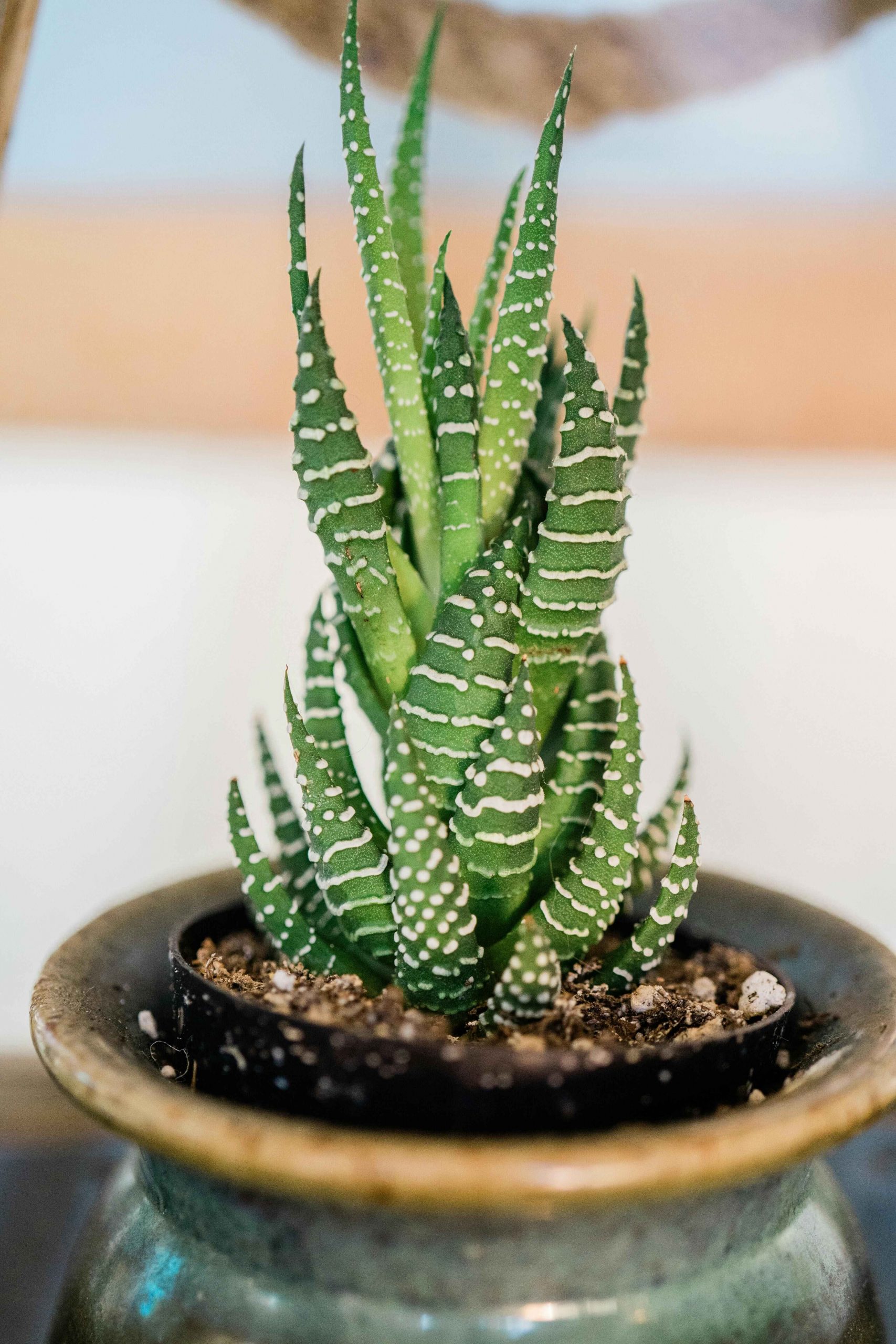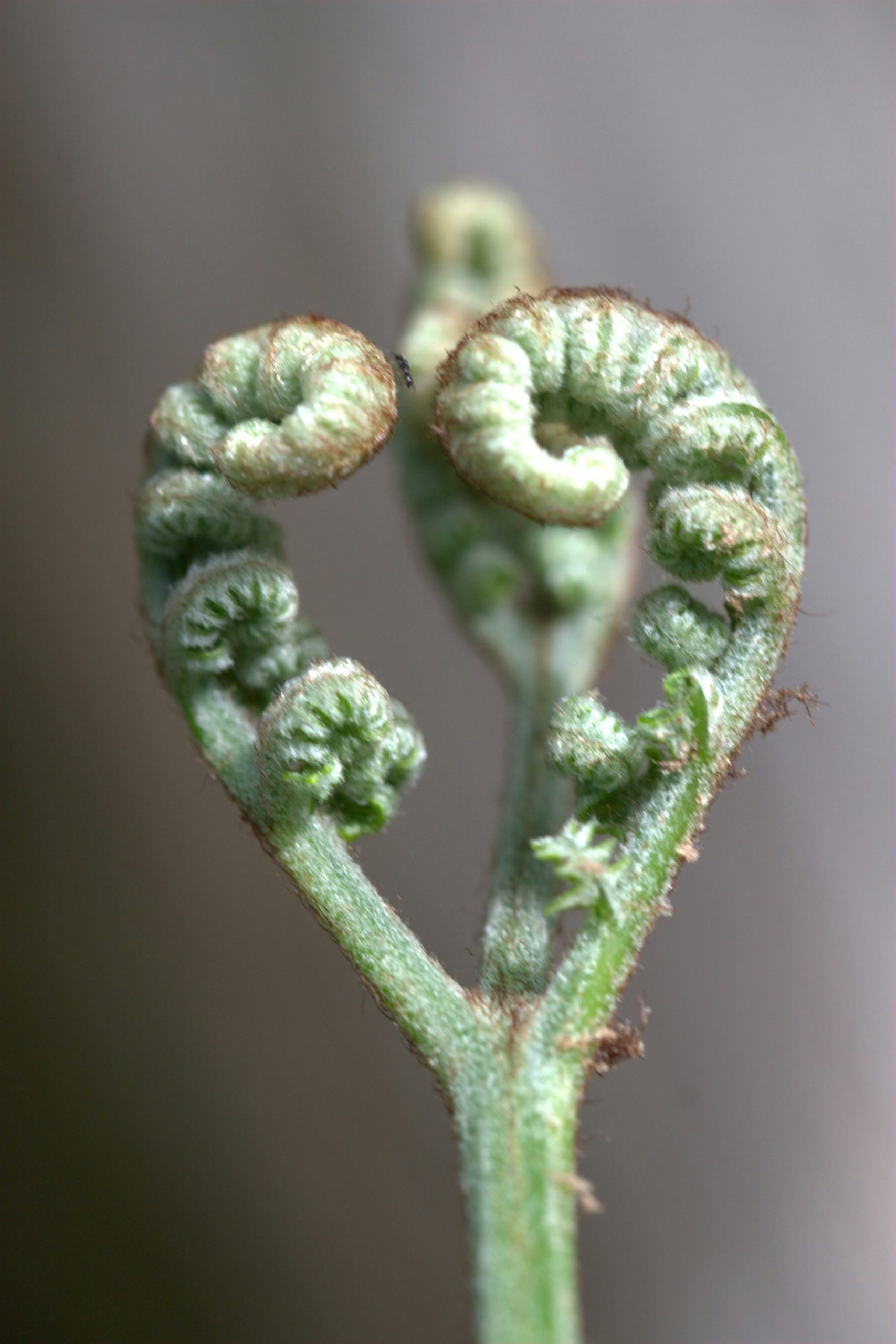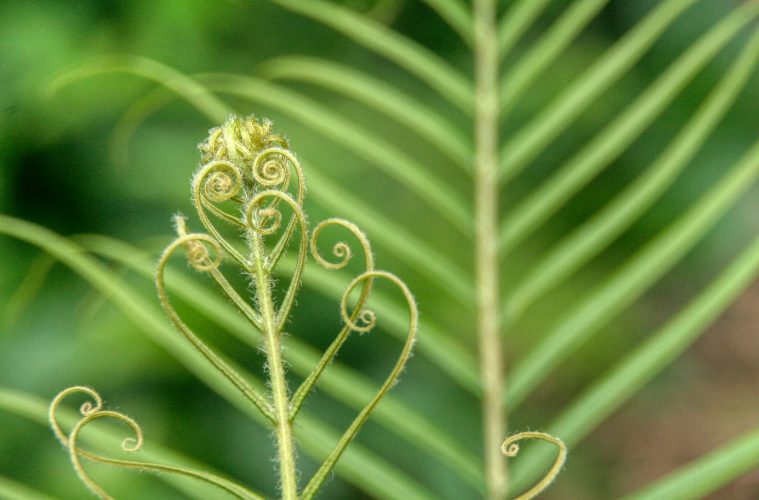Gardening can sometimes be an unpredictable task, leaving even the most experienced gardeners surprised from time to time. If you’ve ever walked into your garden and noticed some plants may look like they are deformed, chances are you’ve stumbled across fasciation. This unusual plant mutation may leave you both confused and intrigued by the oddities of gardening. Here’s what you need to know about fasciation and how to identify it.
What is fasciation?
This is a rare plant growth abnormality in which the stems, flower heads, or shoots of the plants grow unusually. Instead of forming in their usual neat shape, the plant’s growth gets confused, resulting in the production of flattened or swollen stems. This genetic mutation can visibly affect the stem and even the fruits of the plant. It often leads to multiple extra flowers being produced on the affected stems. In most cases, you’ll see flower heads that look like they’ve been squashed together, creating a bizarre visual appeal on the plant. Fasciation can happen in a wide range of plants, from vegetables to flowers; any plant can be affected by the phenomenon.

Image Credit: Pexels
Why does fasciation happen?
The effects of fasciation result from a genetic mutation which is often random. There are also some underlying causes which can prompt the changes in susceptible plants. It is believed that the plant’s growing tip becomes disrupted, leading to various deformities. This can be due to:
- Genetic mutation
- Hormonal imbalance
- Environmental factors like frost or drought stress
- Damage from insects or bacteria
Although completely harmless, it can still be an unpleasant sight for many gardeners.
Symptoms of fasciation
When fasciation happens due to the many physical disruptions, it’s not likely that fasciation will recur in the same plants each year. This is why it is important to note the symptoms, such as:
- Flattened stems
- Swollen or split growth on the plants
- Excess flowers emerging from one point, creating a crowded display.
- Distorted plant shapes give the plant a weird appearance.

Image Credit: Unsplash
Although fasciation is one of those garden oddities that let us know nature isn’t always predictable. Spotting a fasciated flower can be surprising, but it is not a cause for concern.
ALSO SEE: SHADE-LOVING PLANTS FOR HOT SOUTH AFRICAN SUMMERS
Feature Image: Unsplash

